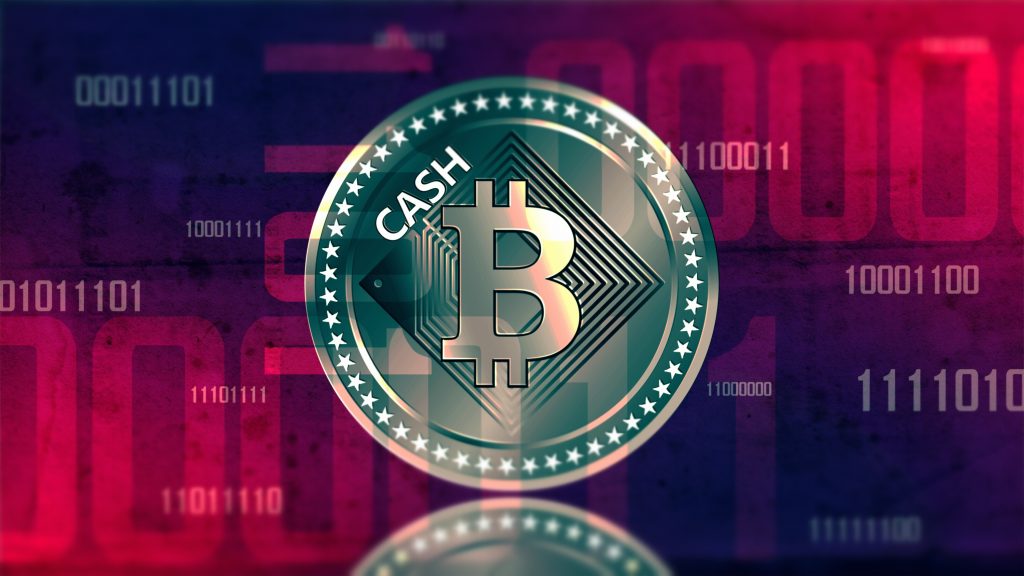Staking is the process of temporarily transferring your cryptocurrency to a separate wallet to support the security and verification processes of transactions on the blockchain. It sounds complicated – and it is! – but at Kriptomat, we handle all processes on your behalf. In return, you receive rewards in the form of additional cryptocurrency. It’s like earning interest on a savings account.
What is on-chain staking?
Not only does staking provide a great way to earn rewards, but it also helps promote a more decentralized and secure blockchain ecosystem. By participating in staking, you can help support your favorite blockchain network and earn rewards at the same time.
What are the advantages of on-chain staking over the commercial way of staking cryptocurrencies?
On-chain staking, also known as decentralized staking, involves storing cryptocurrency tokens on a blockchain network and using them to validate transactions and earn rewards. Commercial staking, on the other hand, involves staking your cryptocurrency with a third-party service provider that manages the staking process for you.
Here are some advantages of on-chain staking over commercial staking:
- Decentralization: On-chain staking is more decentralized because it involves direct participation in the blockchain network.
- Control: With on-chain staking, you have full control over your cryptocurrency tokens and can manage them yourself. You can decide when to stake, withdraw, or transfer your tokens.
- Transparency: On-chain staking is more transparent because you can see the entire process on the blockchain network. This increases trust and reduces the risk of fraud or manipulation occurring.
- Rewards: On-chain staking typically offers higher rewards than commercial staking because it is done without intermediaries. This means that you can earn more by staking directly on the blockchain network.
Can I withdraw my staked crypto at any time?
Crypto staking is a kind of promise to the blockchain that your assets can be used during the staking period. The lock-up period and the rewards you receive are put in place to promote long-term engagement and stability on the network by incentivizing users to hold their staked tokens for a certain period of time. (The length of the lock period varies. We always disclose it before you commit to staking assets).
During this period, you are unable to withdraw or withdraw your staked assets from the blockchain you support. Therefore, you should make sure that you will not need access to a particular cryptocurrency for the duration of the lock-up period.
Why does it take longer to withdraw assets?
The time it takes to mine cryptocurrencies from on-chain staking can vary depending on the specific blockchain network and protocol used. There are several reasons why this can take longer compared to other transactions on the blockchain:
Protocol design: Some blockchain networks have specific protocols in place that require a longer withdrawal period for coins as a security measure. This is to prevent hackers who try to manipulate the network or want to perform double-spend attacks. This period is planned to provide a window for the network, detect and prevent any potential fraud.
Consensus mechanisms: The consensus mechanism used by a blockchain network can also affect the timing of cryptocurrency withdrawals. For example, Proof of Stake (PoS) networks typically have a binding or locking period during which tokens are locked and cannot be withdrawn immediately.
Network congestion: Just like any other transaction on a blockchain network, cryptocurrency withdrawal transactions can be delayed if the network is congested with a large volume of transactions. This can result in longer waiting times for the transaction to be confirmed and processed.
